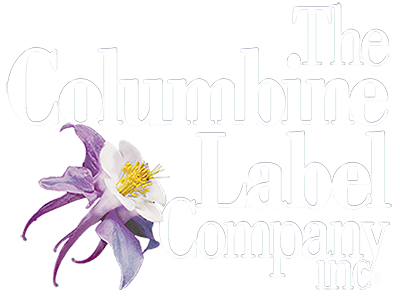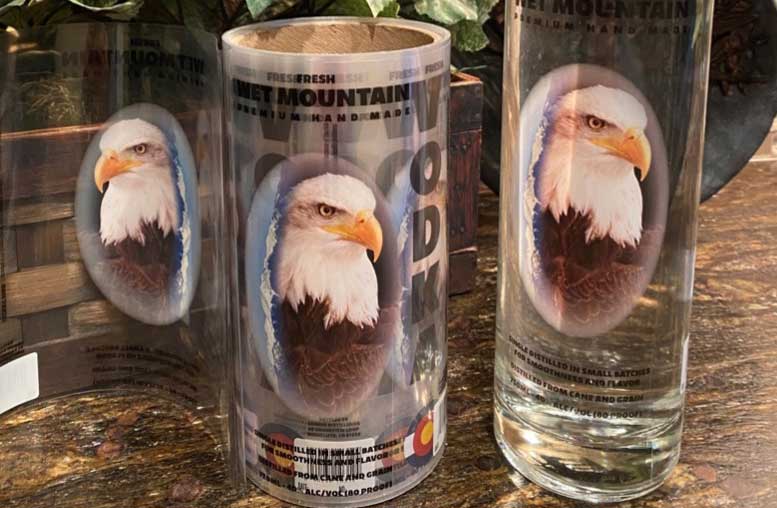
Product labels are a crucial part of your product’s success! Product label mistakes can be costly both in time and in money. Check out these 6 common pitfalls and how to avoid them so that you get your labels right the first time and every time:
1. Wrong label size/shape; a painful product label mistake.
Getting your label size wrong can result in labels that don’t adhere properly and form wrinkled edges or flagging, which leads to peeling, tearing, and ultimately, a negative impact on perceived quality and brand appeal. Label specs are based on the size of the actual label, NOT the size of the container. Similar volume containers come in all sorts of shapes and sizes. If you’re not sure what size label you need, provide a sample container for proper measurement and label fit.
2. Poor choice of material and adhesive.
The substrate and adhesive you choose for your product labels are fundamental to label output and performance. You don’t want the label to fail during the labeling process or, worse yet, in your customer’s hands.
For face material, you have two choices: paper or film. Each has distinct characteristics and pros and cons. With adhesives, there is a range of types and qualities to consider. Your choice should be based on factors such as the packaging material itself, the temperature at which the label will be applied to the packaging, and whether you want the label to be removable or repositionable.
Your selection of adhesive and substrate should take into consideration the production, labeling, storage, and display, and usage environment of your product. A thorough understanding of your product’s lifecycle, and consultation with your printer, will help you avoid choosing the wrong materials.
3. Artwork issues.
First, it’s important to know how many colors your artwork has because that will impact the cost. For example, if you request a quote for 2 colors but the artwork you provide is 4 colors, the pricing will change. Image quality is also extremely important. Artwork should be submitted as vector files and at least 300 dpi at actual size for crisp, quality output. And ALWAYS submit your artwork in CMYK color mode, not RGB. This will help avoid product label mistakes attributed to shifts in color and ensure the end result matches the colors you desire.
4. Not knowing your “wind direction.”
If you’re working with a third-party co-packer for an automated label application, you must know your labels’ wind direction. This refers to the visual orientation of your labels on the roll—horizontal, vertical, side-by-side, etc.—and how the roll will unwind during the label application process. The wrong copy position and unwind direction could wreak havoc on the production line, causing time delays and extra costs to reprint labels correctly.
5. It’s a rush job.
Any time you’re in a hurry, you are prone to make mistakes. It’s important to leave sufficient time to prepare artwork properly (see pitfall #2), review and approve proofs, and get your order in the printer’s job queue. A good printer may be able to prioritize your job, but it’s best to plan properly to avoid your own production delays and missed product delivery commitments.
6. Not consulting your printer from the beginning.
Perhaps the biggest product label mistake you can make is not involving your custom label company early on in your label decision-making process. Before taking your order, a good printing partner will want to know your brand, product, packaging, sales goals, budget, and deadlines so they can provide the best custom label for your needs. Engaging their expertise from the beginning can help you avoid errors and decisions that cost you time and money.
Ask the experts
As a businessperson, you don’t choose labels every day. But every day, Columbine Label Company is working with customers to make the best decisions for their product label needs, from label size and shape to adhesive, wind direction, and avoiding product label mistakes. If you’re working on your next product label design, let’s talk. Contact us for a free quote and consultation.


